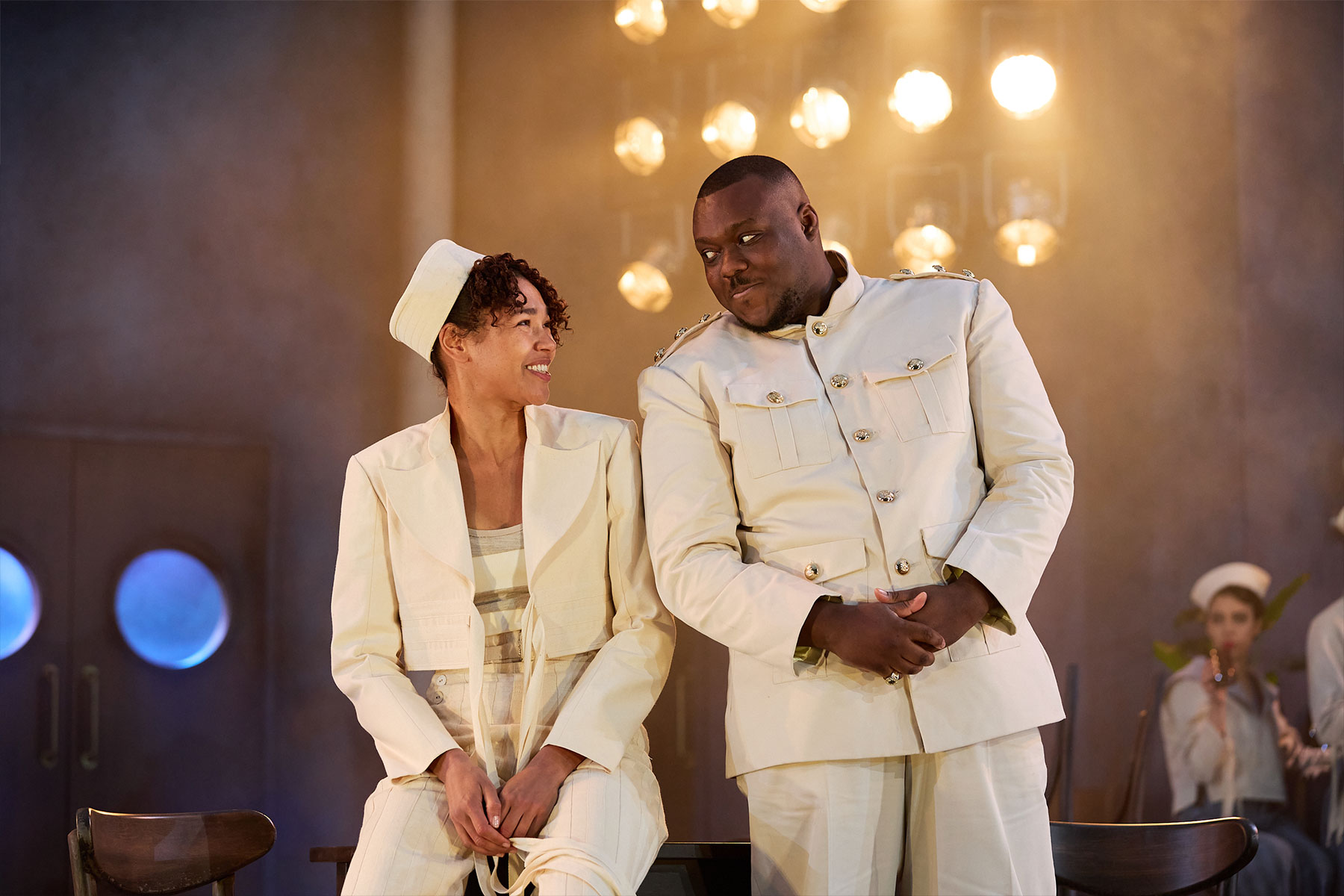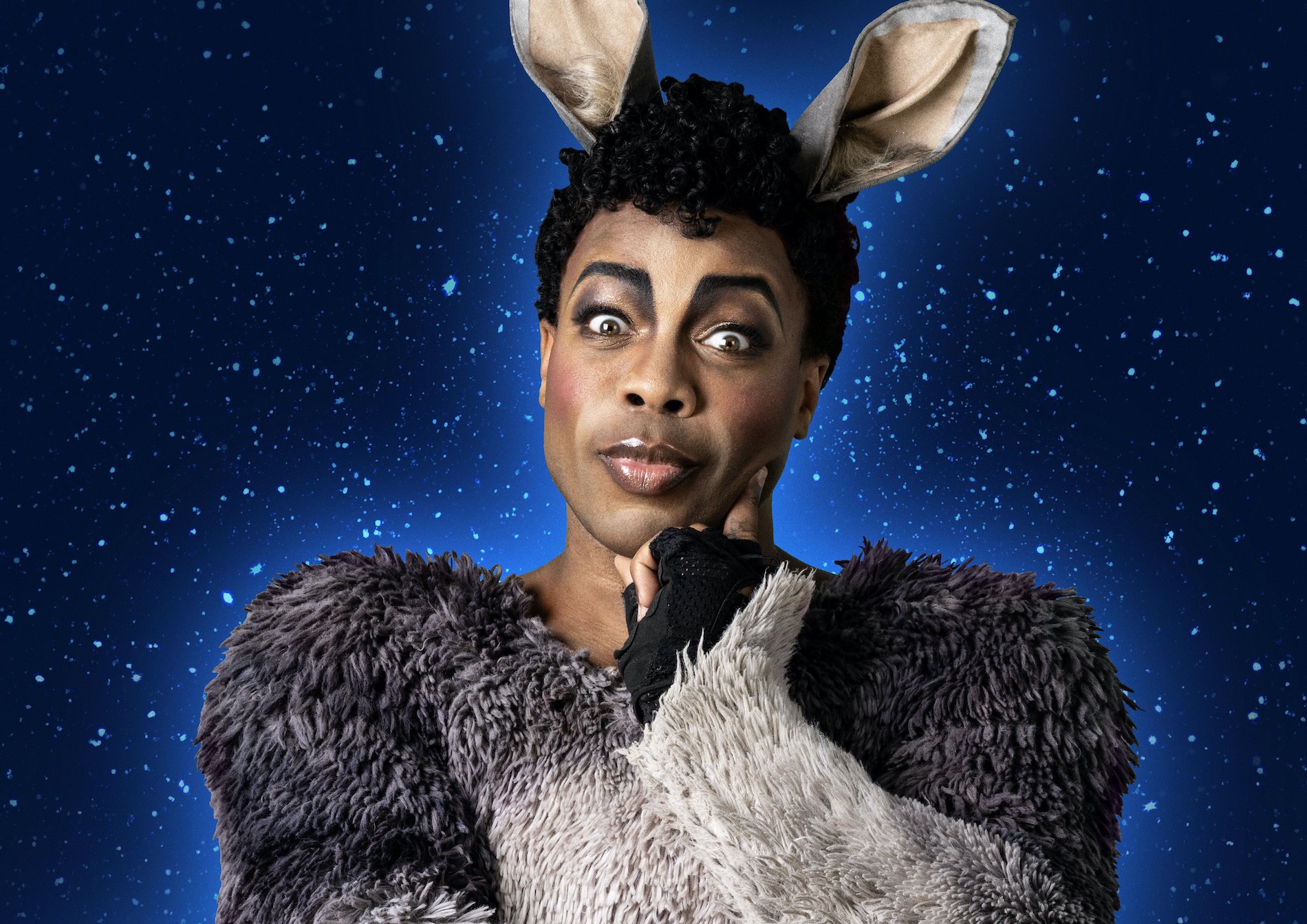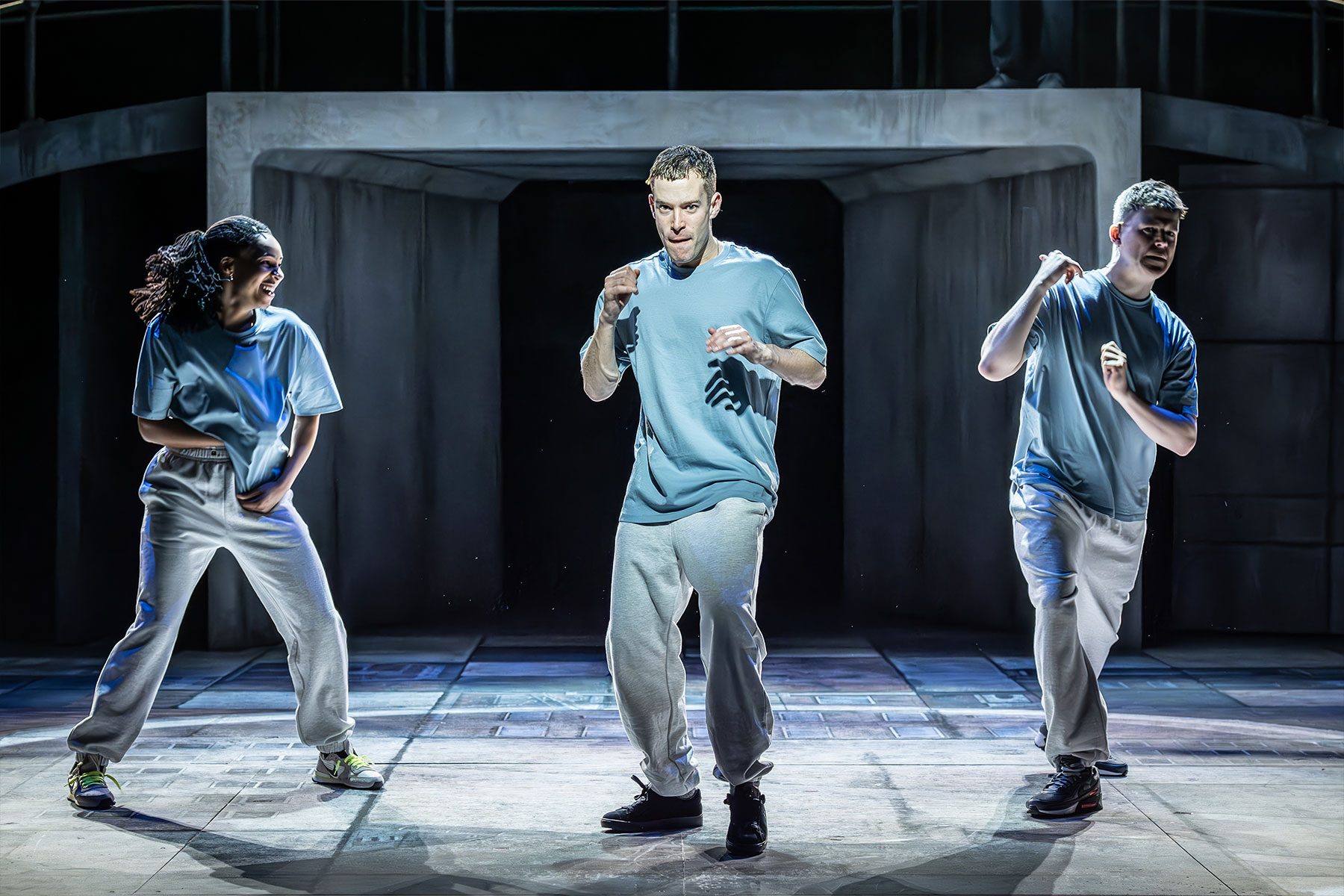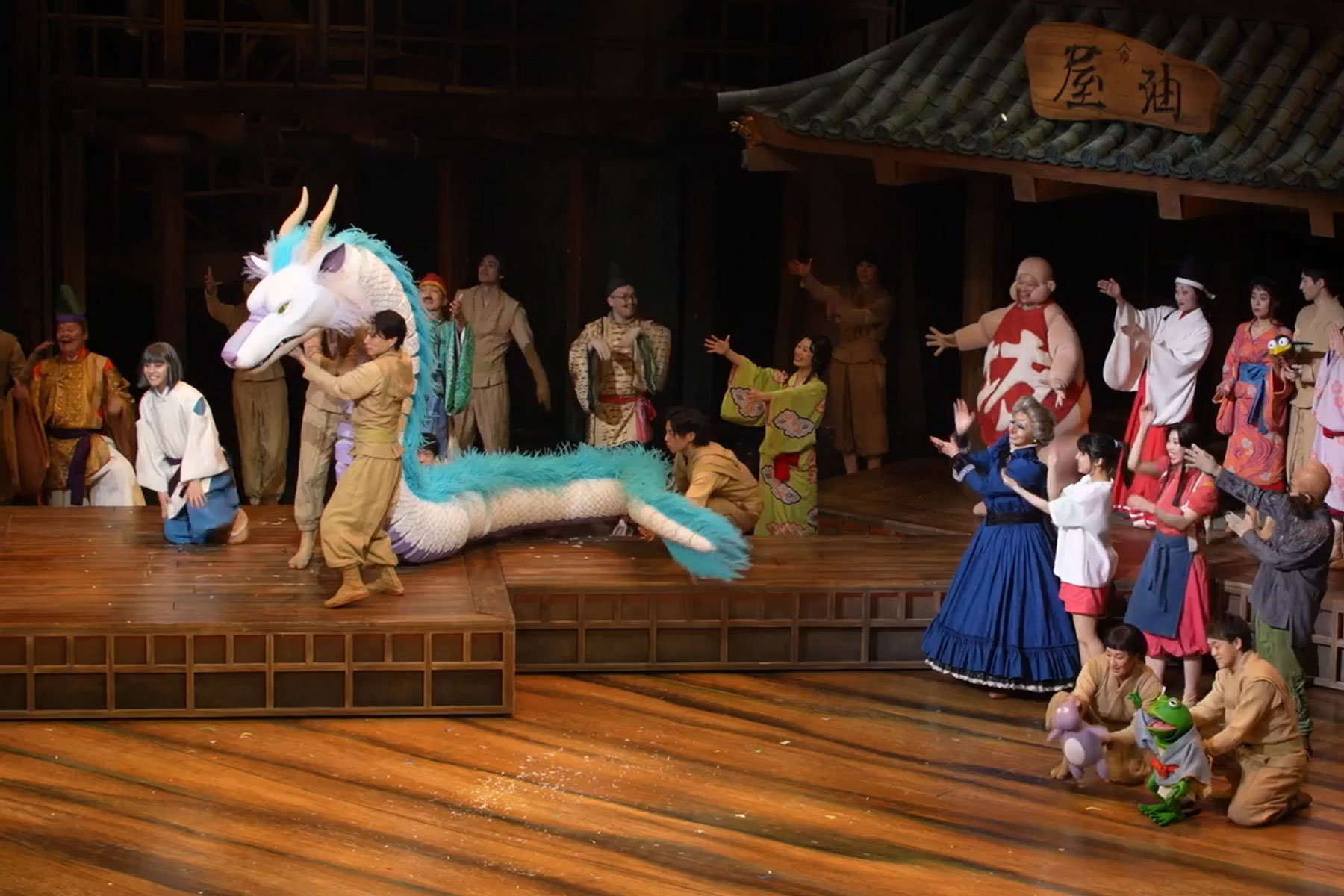The Lion, the Witch & the Wardrobe (Leeds)
Adrian Mitchell’s dramatisation of The Lion, the Witch and the Wardrobe by CS Lewis is durable enough to merit revival only three years after Ian Brown first directed it at West Yorkshire Playhouse. It remains faithful to the original, while tweaking things enough to tilt the balance more towards fun and adventure than solemnity: portentous explanations of deep and deeper magic are kept to a minimum.
The plot of this, the first of The Chronicles of Narnia, hinges on an imaginative little girl, Lucy, finding her way into a magic kingdom through a wardrobe in the rambling old house to which she and her three siblings have been evacuated during World War II. Later, all four become embroiled in Narnian politics, helping the noble lion Aslan to destroy the eternal winter of the White Witch and becoming kings and queens of Narnia.
Lewis has been criticised for his overt Christian preaching but, especially in a story written in the late 1940s, it’s difficult to take issue with a message attacking dictatorship and totalitarianism. More of a problem comes in the old-fashioned anthropomorphism which Mitchell and Brown cannot avoid and the predictability of the four young protagonists.
Joseph Pitcher, Laura Pitt-Pulford, Stefan Butler and Amy Brown do everything that could be asked of them in parts that require rather a lot of racing around and waving of arms. The children are very capable foils to comic characters like the Beavers (brought to uproarious life by Howard Coggins and Karen Mann) and the protagonists in the good versus evil confrontation. Clare Foster’s Witch, with more than a nod to Disney, is iciness personified and Louis Decosta Johnson is all dignity and high seriousness as a sonorous Aslan.
Shaun Davey’s music, newly scored by Jonathan Gill, is effectively atmospheric and, if some of the songs are less than memorable, highlights include a jolly comedy number for the ever-exuberant Beavers and a superb Scots-based theme related to Aslan which seems to become the Narnian National Anthem.
Perhaps the most distinctive element of this production lies in Ruari Murchison’s designs. The basic set of criss-crossing staircases looks simple enough, but proves highly flexible, and art deco features create the feel of 1930s Hollywood, in keeping with a distinctly cinematic production. Moons (bubbles?) float above the stage, showing images and film ranging from steam trains to the arrival of Father Christmas (played with twinkling benignity by Neil Salvage – also seen, in similar vein, as Professor Kirk).
– Ron Simpson










